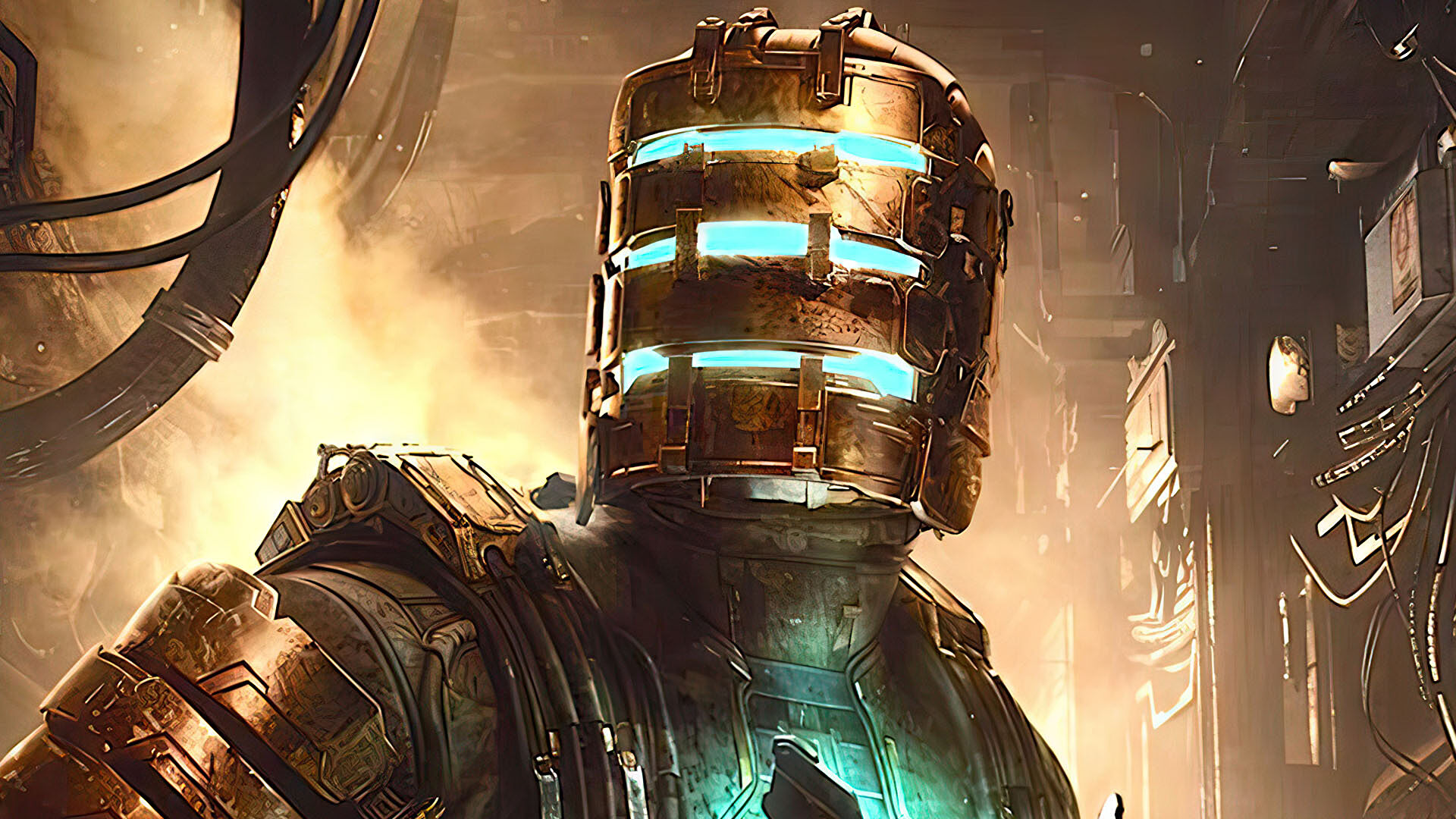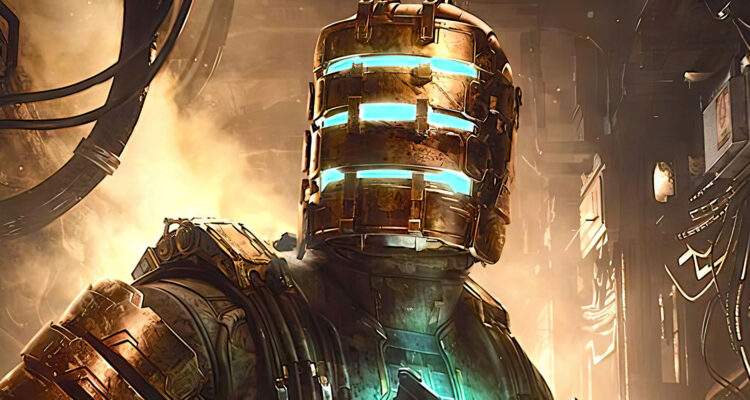
In 2008, EA released Visceral Games’ Dead Space – a dark sci-fi horror experience that quickly amasssed a following and spawn multiple follow-ups. Fifteen years later, Dead Space lives again thanks to EA Motive. In this full-on remake, Dead Space merges many of the latest innovations in the Frostbite engine with a fresh new coat of paint and overhauled game design – but how much has the game changed and what does the new tech bring? To find out, I’ve played through the game on PS5, ran through the original on PS3 and spoken to developers David and Phillipe from EA Motive to get some deeper insights into the technology powering the remake. Here’s what you need to know.
The original Dead Space comes from an unusual place – it was built from the technology powering the Tiger Woods games between 2000 and 2007 – but of course it’s a completely different experience. Beautiful dynamic shadows and moody lighting helped create a memorable and atmospheric journey for players and, perhaps most surprising of all, it managed to run equally well on both Xbox 360 and PlayStation 3, a rare feat for that era. Through a modern lens, Dead Space shows its age, but what the team managed to create remains visually striking even now. Since its release, however, technology has evolved significantly – two console generations have passed, and the Frostbite Engine has become the de facto solution for most of EA’s studios.
According to senior producer Philippe Ducharme, the goal from the beginning was to completely rebuild the original Dead Space on the Frostbite Engine while respecting its legacy. While including modern graphics features with vastly improved lighting and atmospherics would be key, one of the driving factors was the push to create a singular, seamless USG Ishimura. Rather than being divided up into sections, the ship can now be explored freely. Technical director David Robillard noted that seamless, fully streamed environments were previously not a strength of the Frostbite Engine, so a lot of people were pulled in to make this feature possible – and sensibly so, as this is something that should benefit future Frostbite games as well.





